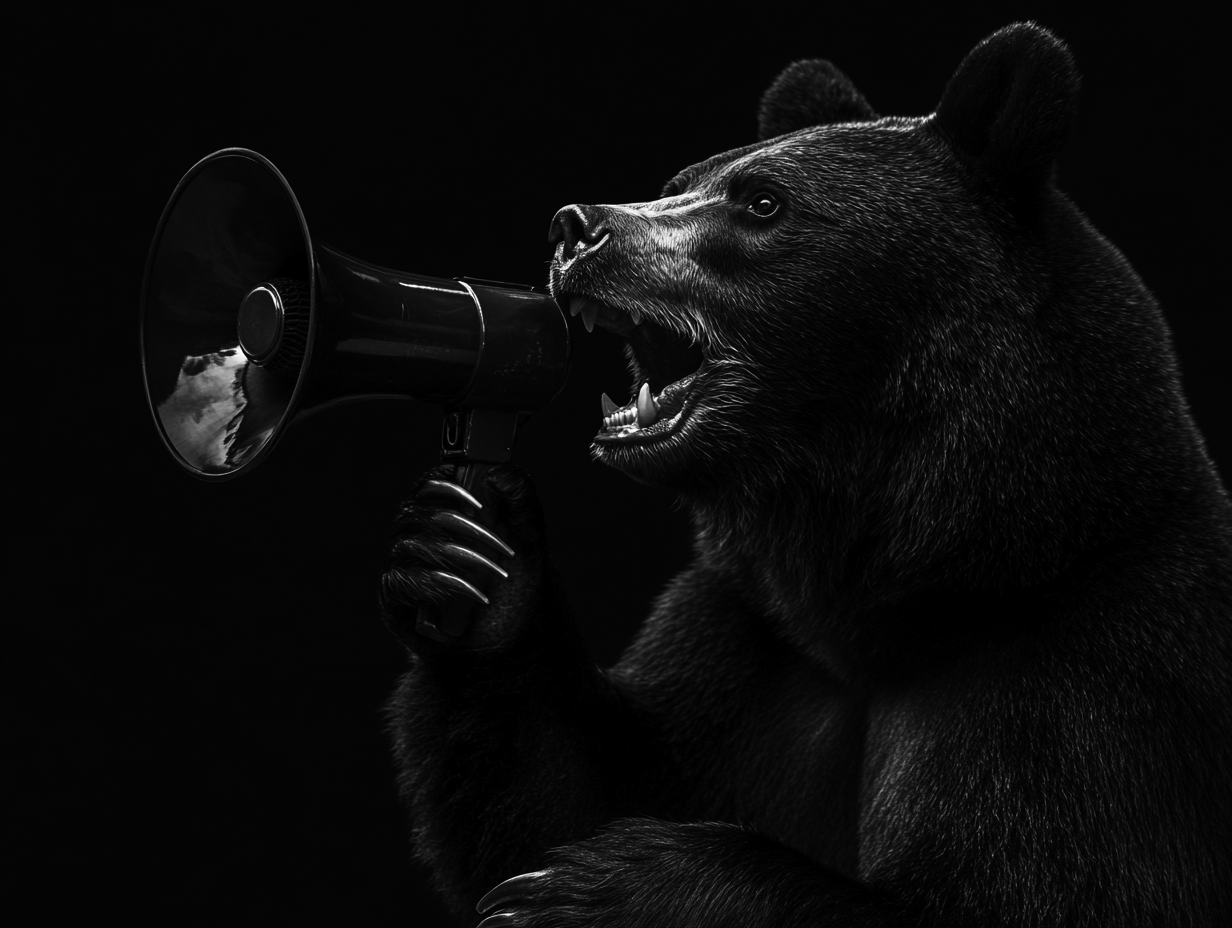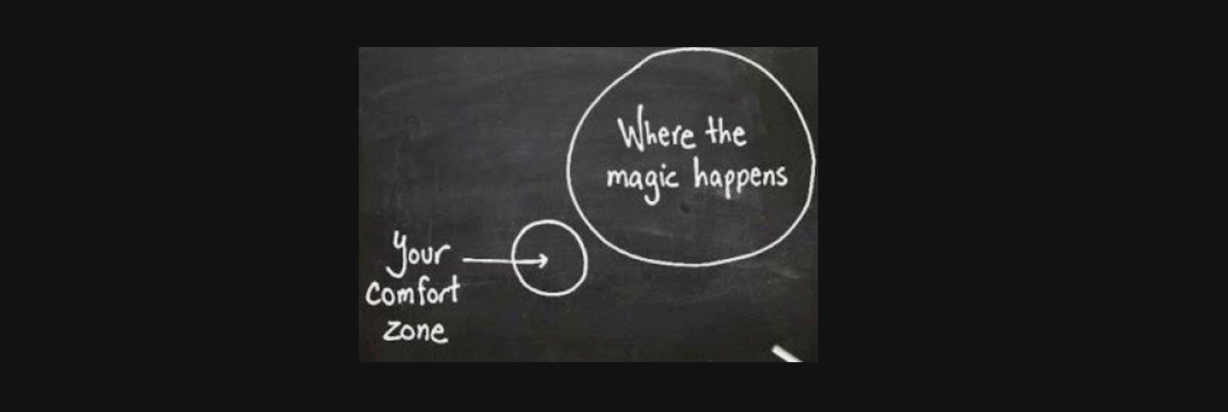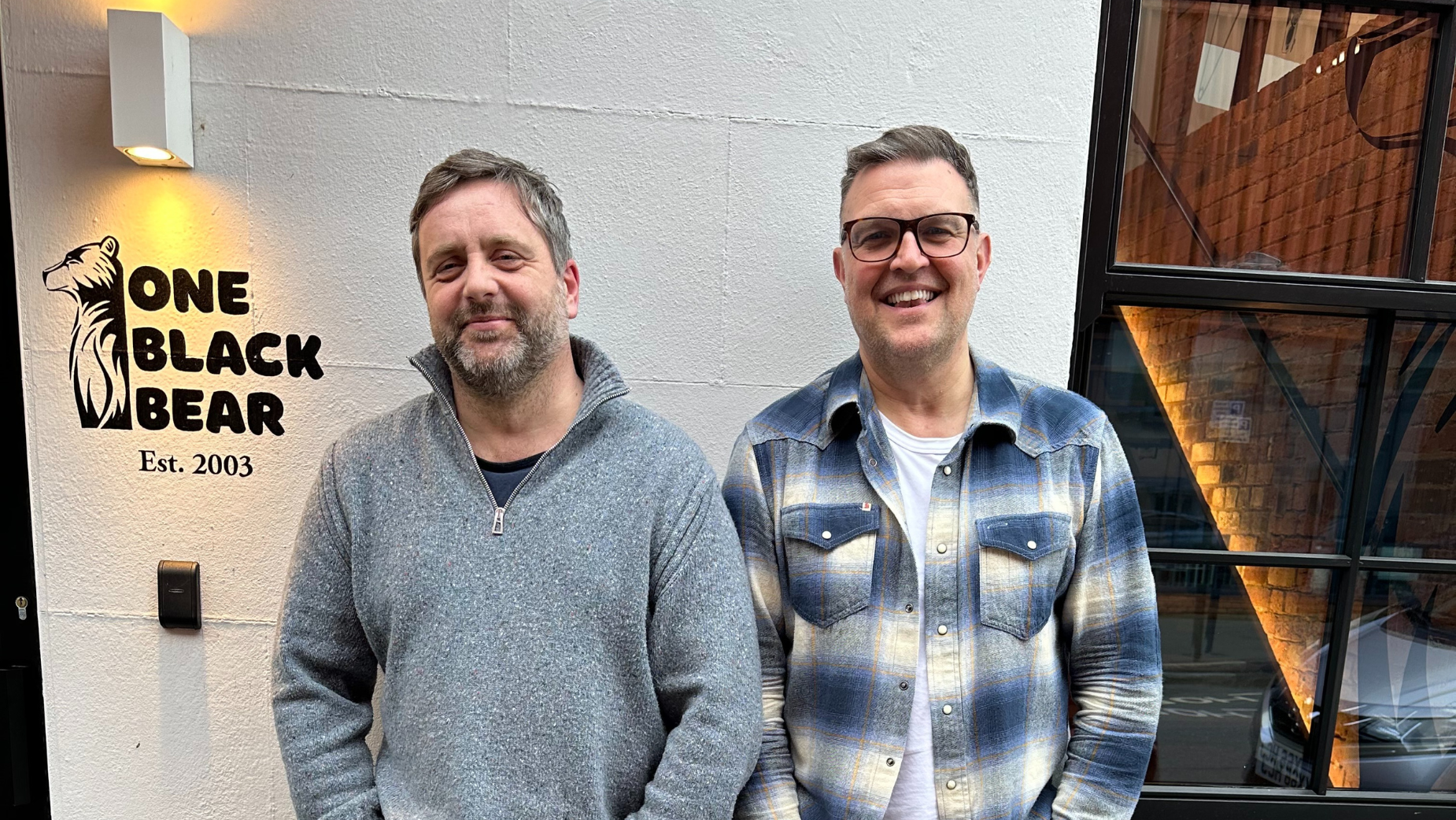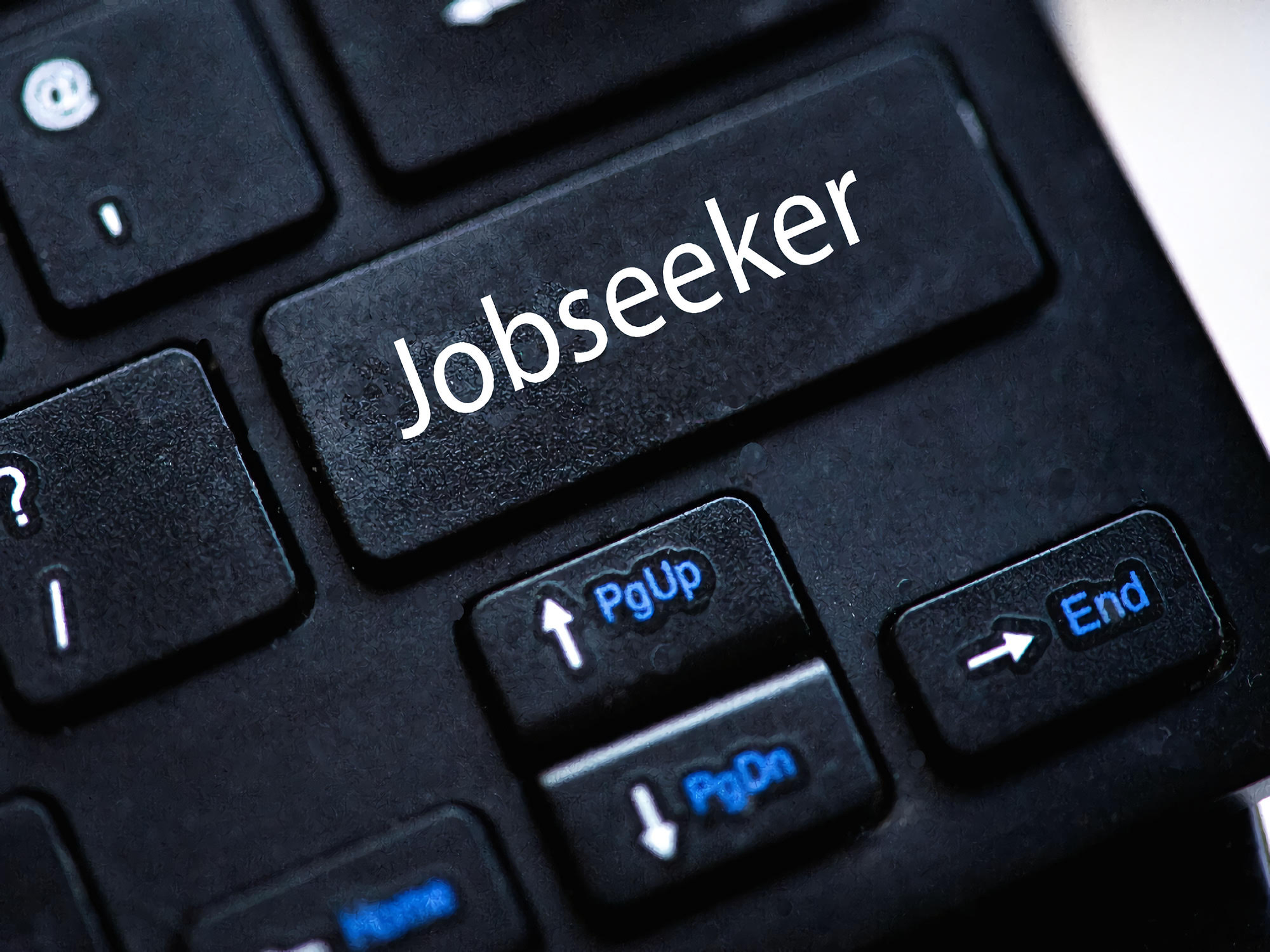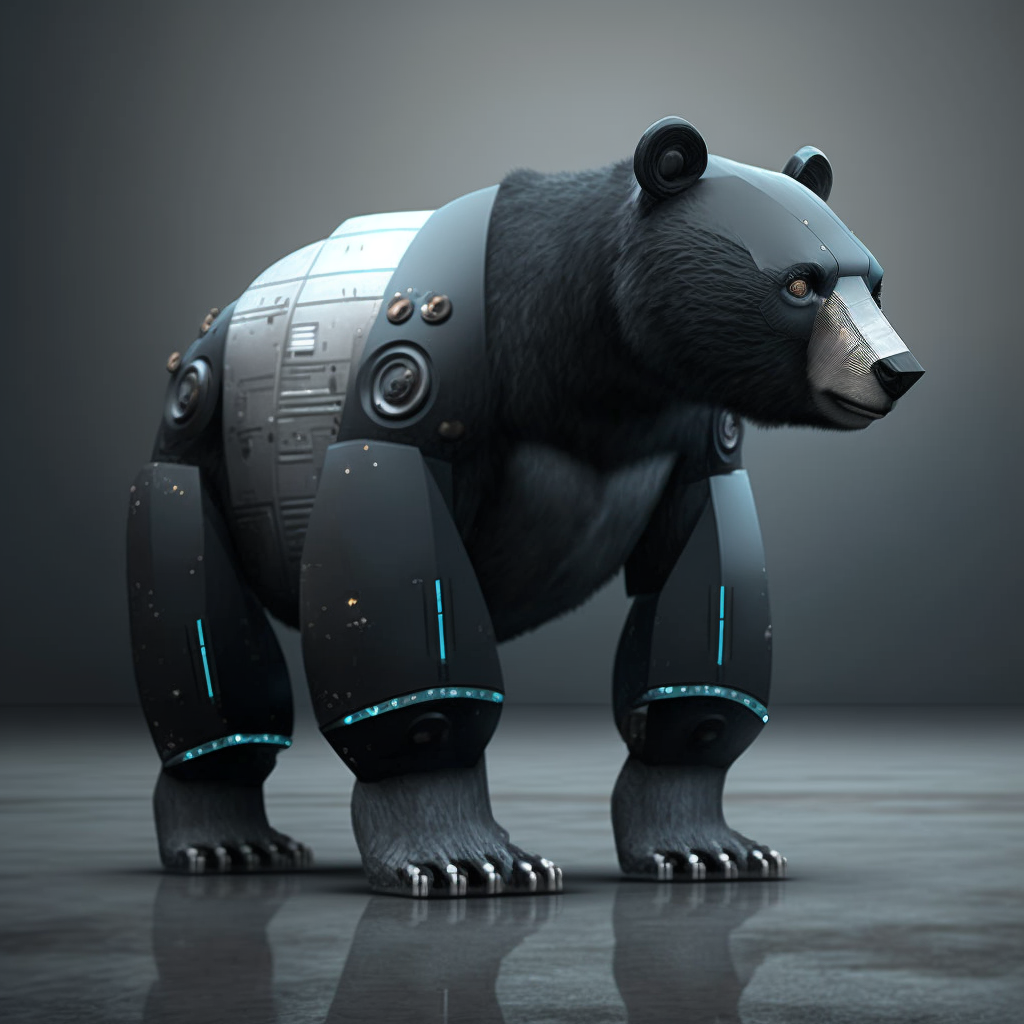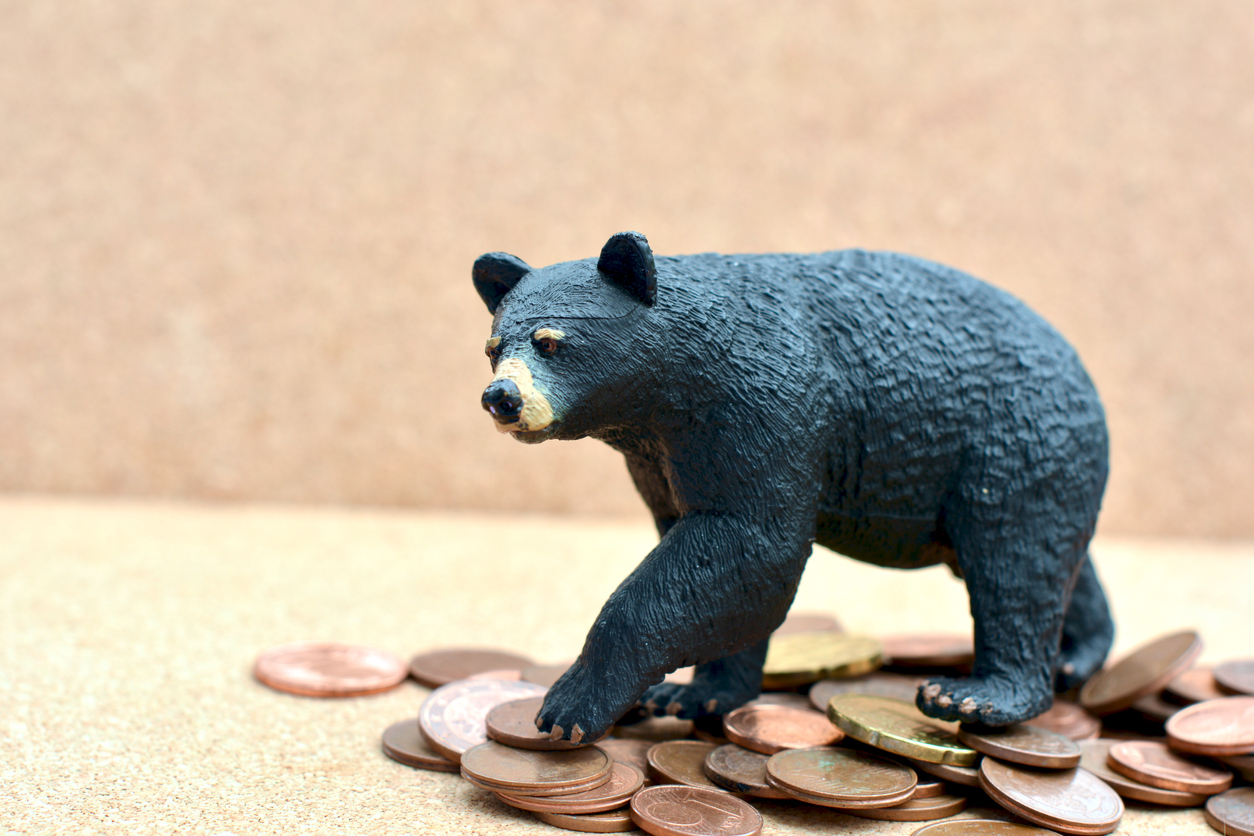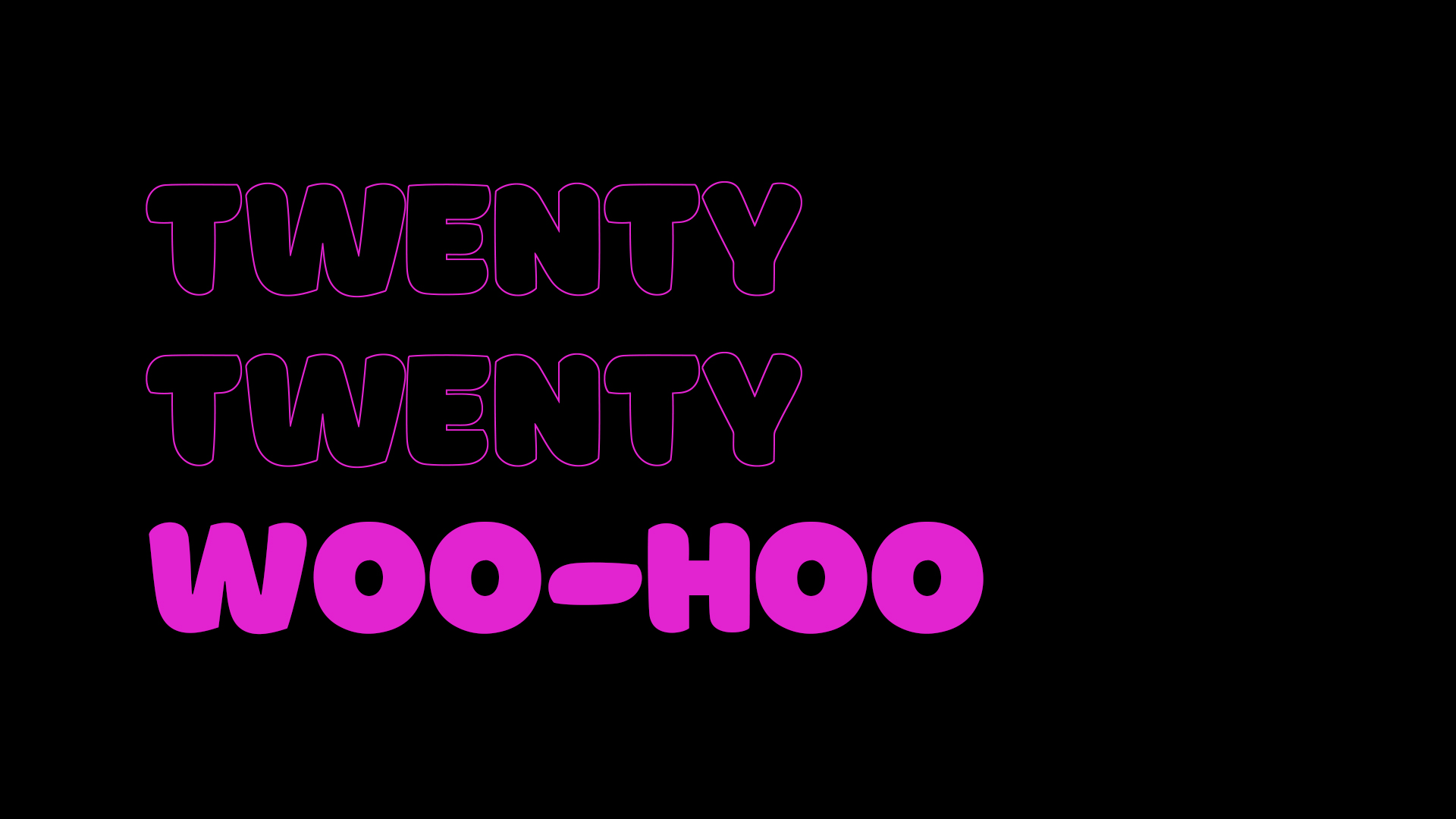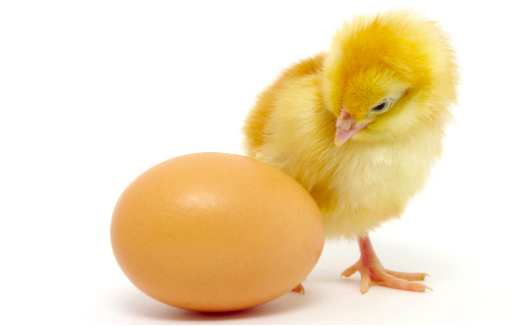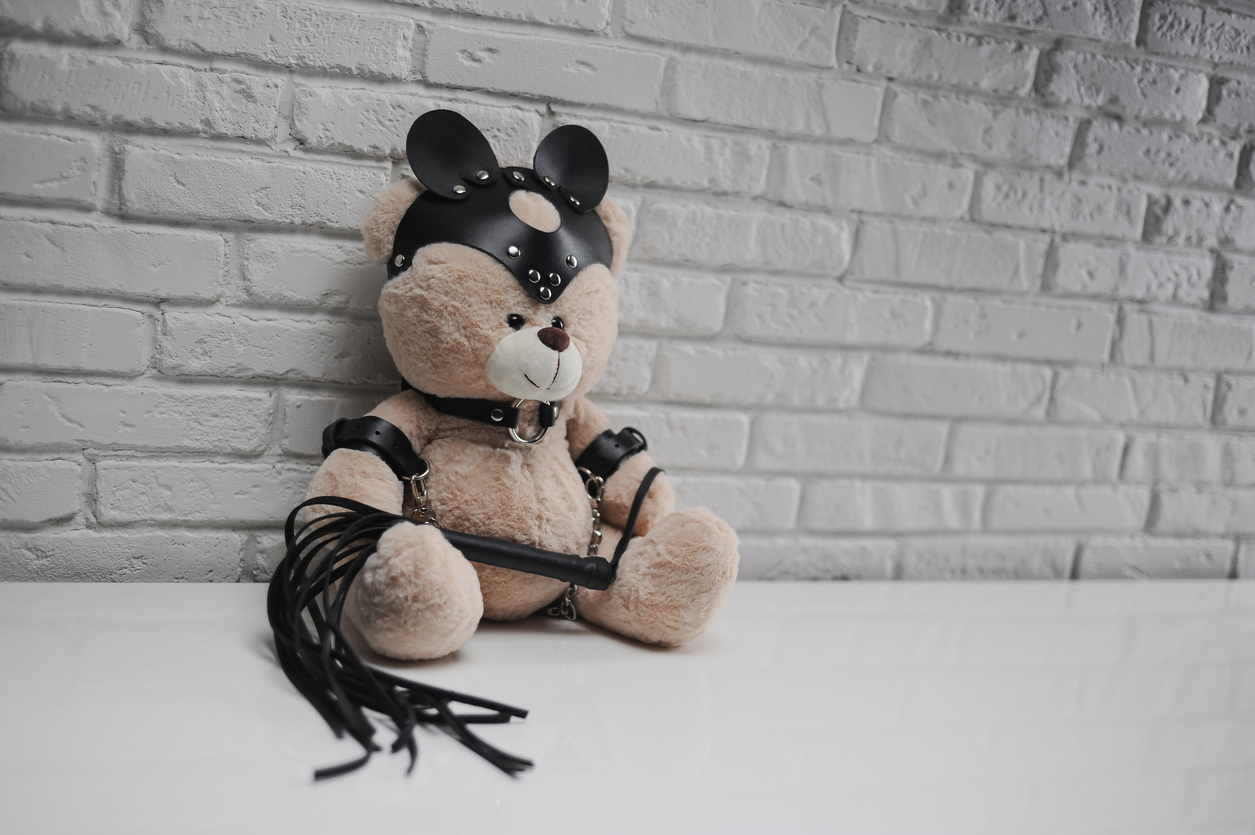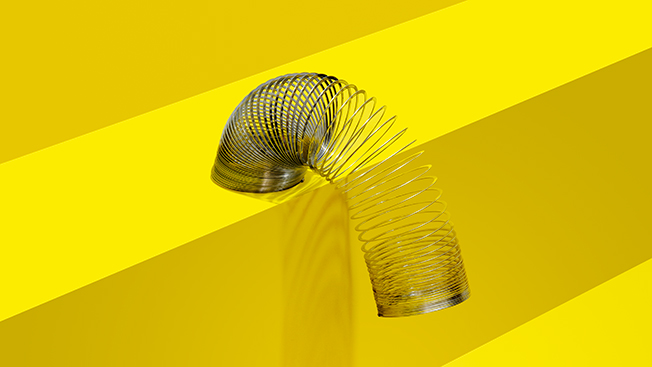
Allow us to lend a paw
Of course we’ve had a read of ‘How Are Marketers Doing?’, the recent report from the team at The Marketing Meetup on the collective feelings of the industry and it’s certainly a mixed bag – pressured, excited, but undeniably drained. It’s a thoughtful, well-crafted report and it goes without saying, a huge credit to the 1,070 marketers who took the time to share their thoughts, giving us a valuable snapshot of where the industry stands, both emotionally and operationally.
Here’s what stands out:
- The term “Positively challenging” topped the list of current emotions – a beautifully polite way of saying things are tough, but I think it’s worth it…?
- Despite the chaos, there does seem to be a sense of optimism about the future of marketing.
- Both a want and a need for collaboration came through pretty powerfully. Marketers are feeling isolated, so they’re looking to have a connection with those who share their purpose.
- Team size matters; big enough to share the load, small enough to be on-the-ball and agile.
And here’s what really stands out to us:
The report suggests marketers are tired, overworked, and often find themselves stuck in positions that slow them down thanks to blockers like days stacked with too many meetings, unclear briefs and dragging sign-off processes. But what really got our attention is the creative drought, and most importantly the disheartening statement; “I came to marketing for creativity but spend my days managing a never-ending task list”.
What we’re hearing? A rallying cry for bolder ideas and more impactful work.
The report highlights are right, but marketing isn’t just about navigating under pressure – it’s about transforming that intensity into powerful action. Marketers don’t just want to feel ‘seen’, they want to feel challenged in their day to day. Who wouldn’t want to be part of standout projects? But to get to that point, it’s important not to shy away from the mess and instead, step into it – sleeves rolled up.
This is exactly why we don’t just work for clients, we work with them, right in the thick of it.
When time is tight, we bring clarity.
When budgets are stretched, we bring bold thinking.
When teams are running on empty, we bring energy and real solutions.
The pressures to deliver with limited support or a swamped team may well be intense, but you don’t have to go it alone. The confidence of having the right agency partner in your corner can truly make all the difference.
The report’s right – marketing is hard, and that’s why we love it.
Ultimately, us Bears believe a good idea underpins everything. And we know that creativity under pressure is a feature that, understandably, not all teams have. Those pressures could be eased by working with people who can take the heat and still deliver.
And sure, you might well be sitting there right now thinking ‘well, of course they’d say that’, in which case, we challenge you. To tell us of a time where you felt excited at first sight of a really strong concept; or your campaign was so different, so unique that it was noticed and praised by senior management; or a post-campaign analysis proved that it drew so much attention you know you nailed it. And then tell us that a bit of fierce input can’t change ‘swimming through treacle’ into a float through crisp, clear waters.
So, read the report, take on the insights, then call someone who’ll help you turn ‘positively challenging’ into ‘positively brilliant.’
You know where to find us.
Lucy Bennett, Account Director, One Black Bear
Source list
‘How Are The Marketers Doing? The State of Marketing Professionals in 2025’, The Marketing Meetup, 2025
